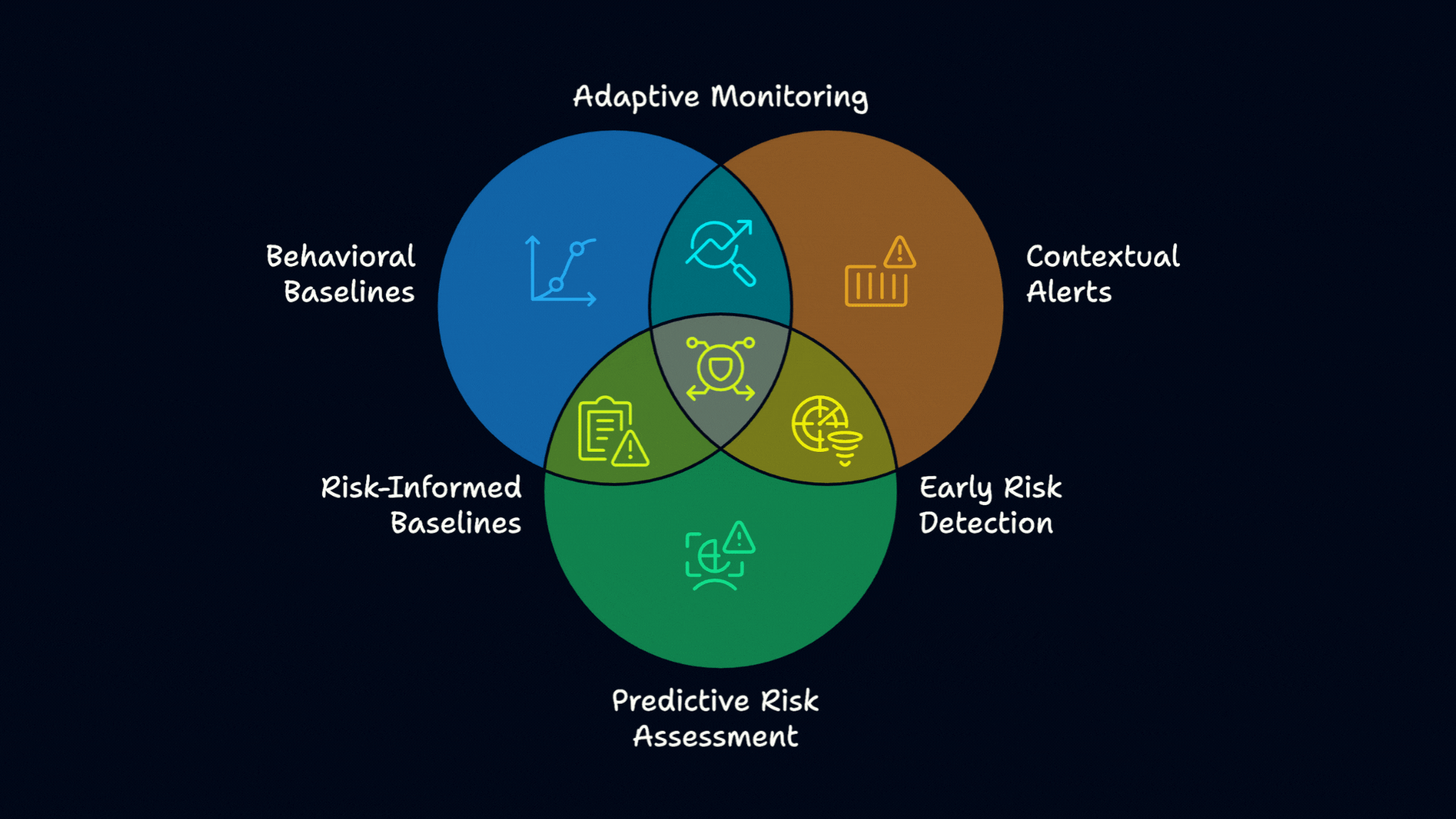CAIStack Team
AI risk scoring is a new normal for how financial institutions handle customer onboarding. Rigid checklists and one-size-fits-all approaches are fading now.

You know that sinking feeling when a high-value client gets stuck in your onboarding process? Or worse, when a risky customer slips through because your static rules couldn't catch the red flags?
We've seen banks lose millions because their risk models were built for yesterday's threats. Not tomorrow's.
Here's what's happening right now in the world of customer onboarding. And why contextual risk intelligence is becoming the new standard.
Most banks still use rule-based systems from the early 2000s.
The issue isn't that these rules are wrong. They're just incomplete.
In fact, according to a July 2024 McKinsey survey of senior credit risk executives at 24 major financial institutions (including 9 of the top 10 U.S. banks), 20% have already deployed AI in risk processes, while 60% expect to within the next year. The most common use cases include portfolio monitoring, nearly 60 percent, and credit application processes, over 40 percent.
This adoption wave highlights the limitations of static scoring.
Contextual risk modeling doesn't just look at individual data points. It connects the dots.
The AI analyzes hundreds of variables simultaneously.
Transaction patterns, digital behavior, network connections, timing anomalies.
It's like having a team of expert investigators working 24/7. Except they never get tired, and they remember every case they've ever seen.
The shift is not theoretical: Chartis Research’s 2024 RiskTech AI 50 report ranked AI-driven risk solutions as mainstream in financial services, underscoring their transition from experimental pilots to critical enterprise infrastructure.
Customer Due Diligence isn't a one-time event anymore. It's an ongoing conversation.
Dynamic CDD AI continuously monitors customer behavior against their risk profile. Not just flagging changes, but understanding context.
Dynamic AI learns your customer's normal. When something changes, it doesn't just alert you. It explains why the change matters.

Evidence backs this up: A 2024 study on SME credit scoring in Azerbaijan showed that using AI models like random forests boosted accuracy from 0.69 to 0.83, recall from 0.56 to 0.77, and F1-score from 0.58 to 0.79 compared with traditional methods
CAI Stack's platform has helped financial institutions reduce false positives by up to 70% while improving actual risk detection. Explore how this technology could work for your institution. Learn More About CAI Stack
Compliance used to mean following rules. Now it means being smart about risk.
Onboarding compliance AI doesn't just check if you're compliant. It optimizes the entire process for both risk mitigation and customer experience.
Traditional compliance asks: "Did we collect all required documents?"
AI-powered compliance asks: "What's the minimum friction way to verify this customer poses acceptable risk?"
Here's what changes when you implement intelligent onboarding:
Let's get practical about outcomes. What does implementing AI risk scoring deliver?
Contextual risk modeling represents the biggest advancement in customer onboarding since digital transformation began.
Your customers expect better. Your regulators demand smarter. Your competition is probably already planning its move.
The good news? The technology is ready. The use cases are proven. The ROI is clear.
AI risk scoring in onboarding isn't the future anymore. It's today's competitive necessity.
Book a free demo now to get in touch with our industry experts!
Subscribe to get the latest updates and trends in AI, automation, and intelligent solutions — directly in your inbox.
Explore our latest blogs for insightful and latest AI trends, industry insights and expert opinions.
Empower your AI journey with our expert consultants, tailored strategies, and innovative solutions.